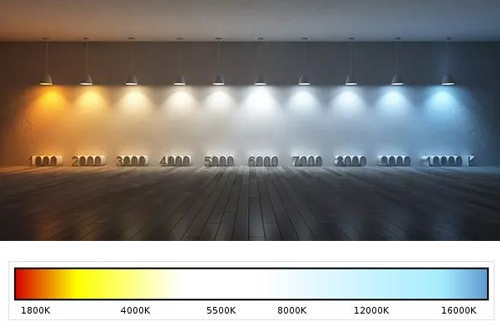In 2006, CREE announced the launch of a new cool white LED, “XP. G”, which set new records in luminous efficiency and brightness. When the driving current is 350 mA, its luminous flux reaches 139 lm, and the luminous efficiency is 1 to lm/W. The brightness and luminous efficiency are respectively 37% and 53% higher than Cree’s brighter XR. ELED, which is called “the industry’s brighter and higher-efficiency lighting LED”.
In 2007, Nichia released a new type of LED. The experimental product has a luminous flux of up to 145 m under the condition of a forward current of 350 mA, a luminous efficiency of about 134 lm/w, a chip size of 1 m㎡, and a color temperature of 4 988K (in the case of Ir=20 mA) , The luminous efficiency is as high as 1 69 lm/W).
In 2007, the American CREE company grew a double heterojunction on a SIC substrate, and the produced devices were also excellent. The SiC substrate can fabricate the metal electrode of the Gabl-based LED on the bottom of the substrate, and the current can flow vertically through the low-resistance conductive substrate, which also lays the foundation for the development of other optoelectronic devices.
In the same year, Nichia released the next generation of high-power white LEDs. The light flux of 350 mA current input is 145lm, and the luminous efficiency is 134lm/W. The reason for the high efficiency of white LED is to realize the high efficiency of the blue LED chip used. When the blue LED is driven at 350 mA, the optical power is 651mW, the wavelength is 444nm, the external quantum efficiency is 66.5%, and the WPE is 60.3%.
In the same year, Nichia put into production of white LEDs with a luminous efficiency of 150 lm/W. The efficiency of this LED represents a higher level in the industry at that time, and the type with a forward current of 20 mA is 1001m/W.
In early 2009, CREE announced that it had achieved a light effect of 161 lm/W and a color temperature of 4 689K. The standard test conditions for this LED are carried out at room temperature and a drive current of 350 mA.
At the end of 2009, CREE announced that its white light high-power LED luminous efficiency has achieved 1 86 lm/W. CREE test results show that when the correlated color temperature is 4577K, the LED can produce a light output of 1971m. The test is carried out in a standard test environment with a drive current of 350 mA at room temperature.
In early 2009, according to Nichia’s laboratory results, the luminous efficiency of the LED was increased to 2491 W resistance at 20 mA. However, in the case of the 350 mA current commonly used in the LED industry, the luminous efficiency has dropped to 1451 withstand W, which has aroused the attention of the industry.
In 2011, Osram’s R&D engineers completely improved all technologies related to LED manufacturing. In laboratory tests, the newly developed white LEDs set the company’s brightness and luminous efficiency records. Under the standard condition of operating current of 350 mA, the LED brightness can reach 1 55 lm, and the luminous efficiency is as high as 1 36 lm/w. The white light LED prototype uses a 1 m㎡ chip, the color temperature of the emitted light is 5000K, and the chromaticity coordinate is 0.349/0.393 (cx/cy).
In 2011, CREE announced that its white LED light efficiency exceeded 231lm/W. The company used a single-module component, and measured a white LED luminous efficiency of 23llm/W at a color temperature of 450OK and a standard test room temperature of 350mA. At present, the various indicators of LED are still in continuous development. With the widening of application fields, the requirements for LED lamp beads are gradually diversified.

Post time: Dec-24-2021

